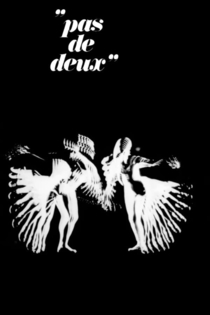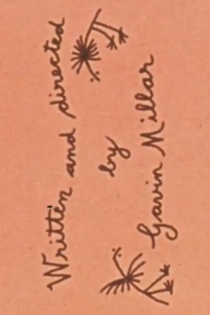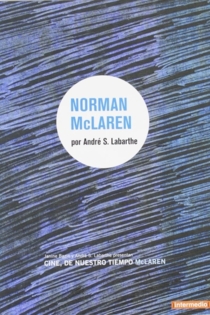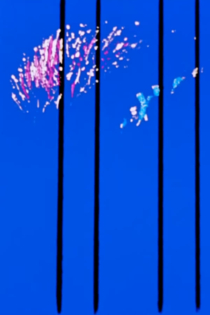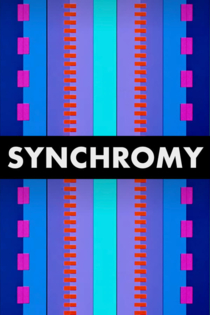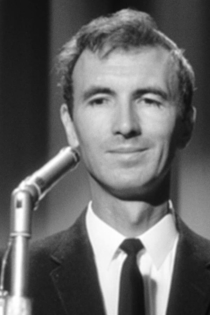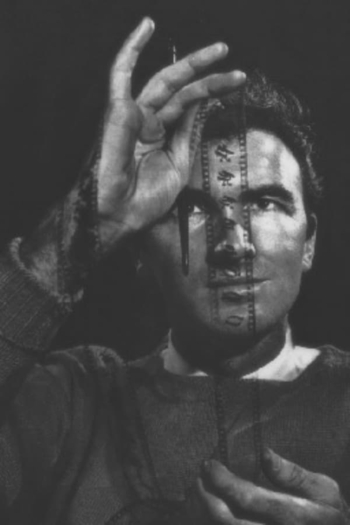
Norman McLaren
1914 - 1987Creative Process: Norman McLaren
Claude Dionne, Donald McWilliams
Norman McLaren
Norman McLaren was a cinematic genius who made films without cameras, and music without instruments. He produced sixty films in a stunning range of styles and techniques, collecting over 200 international awards, and world recognition. In Creative Process, director Donald McWilliams demystifies the process of artistic creation. Drawing on McLaren's private film vaults, a gold mine of experimental footage and uncompleted films, McWilliams explores McLaren's methods, including his celebrated "pixillation" technique, and his daring forays into animated surrealism.
Creative Process: Norman McLaren

Neighbours
Norman McLaren
Grant Munro, Jean Paul Ladouceur
In this Oscar-winning short film, Norman McLaren employs the principles normally used to put drawings or puppets into motion to animate live actors. The story is a parable about two people who come to blows over the possession of a flower.
Neighbours
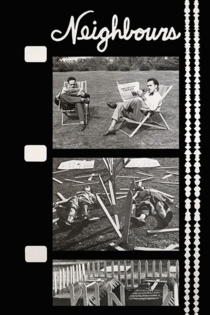
Ballet Adagio
Norman McLaren
Anna Marie Holmes, David Holmes
A slow-motion study by Norman McLaren of the pas-de-deux adagio, one of the most exacting and difficult dances of classical ballet. A ballet originally choreographed by the Russian ballet master Asaf Messerer is performed for this film by the internationally known Canadian pair, David and Anna Marie Holmes, to the music of Albinoni’s Adagio. A film to heighten the aesthetic appreciation of classical ballet and to afford observation of the technique and mechanics of the adagio movements.
Ballet Adagio

Spheres
René Jodoin, Norman McLaren
This animated short is a play on motion set against a background of multi-hued sky. Spheres of translucent pearl float weightlessly in the unlimited panorama of the sky, grouping, regrouping or colliding like the stylized burst of some atomic chain reaction. The dance is set to the musical cadences of Bach, played by pianist Glenn Gould.
Spheres

Begone Dull Care
Evelyn Lambart, Norman McLaren
Begone Dull Care shines with his masterful use of scratching and painting on film stock. In Begone Dull Care, McLaren adds complexity to Lye’s compositions, emphasising sound/visual synchronisation and generating depth on his mobile canvas. The film gives warmth and movement to compositions resembling a constantly morphing Jackson Pollock painting, yet never fails to remind us of its very calculated aesthetics when it suddenly adapts to the score’s slower movements and shifts from expressionistic and oversaturated explosions to minimalist vertical lines that vibrate accordingly to Oscar Peterson’s piano.
Begone Dull Care
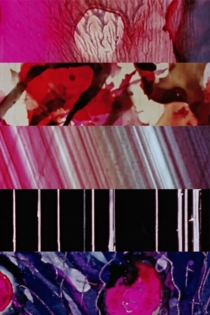
Lines: Vertical
Evelyn Lambart, Norman McLaren
An experiment in pure design by film artists Norman McLaren and Evelyn Lambart. Lines, ruled directly on film, move with precision and grace against a background of changing colors, in response to music specially composed for the films.
Lines: Vertical

Canon
Norman McLaren, Grant Munro
Perhaps the only film whose content is totally based on the musical form known as canon. The first sequence is a simple demonstration of the canon "Frere Jacques" where four cubes dance and combine with one another on a checkerboard. The second sequence show four little human-like figures dancing in space. The third and most elaborate sequence shows a human going through several strange gesticulations. Through multiple printing we realize that the man, as in the previous sequences, is part of a visual canon and is making the gestures to himself. As we hear variations on the canonic theme so too do we witness visual variations: a woman and cat enters the canon. To show the musical technique of inversion, the image of the man is printed upside down.
Canon

